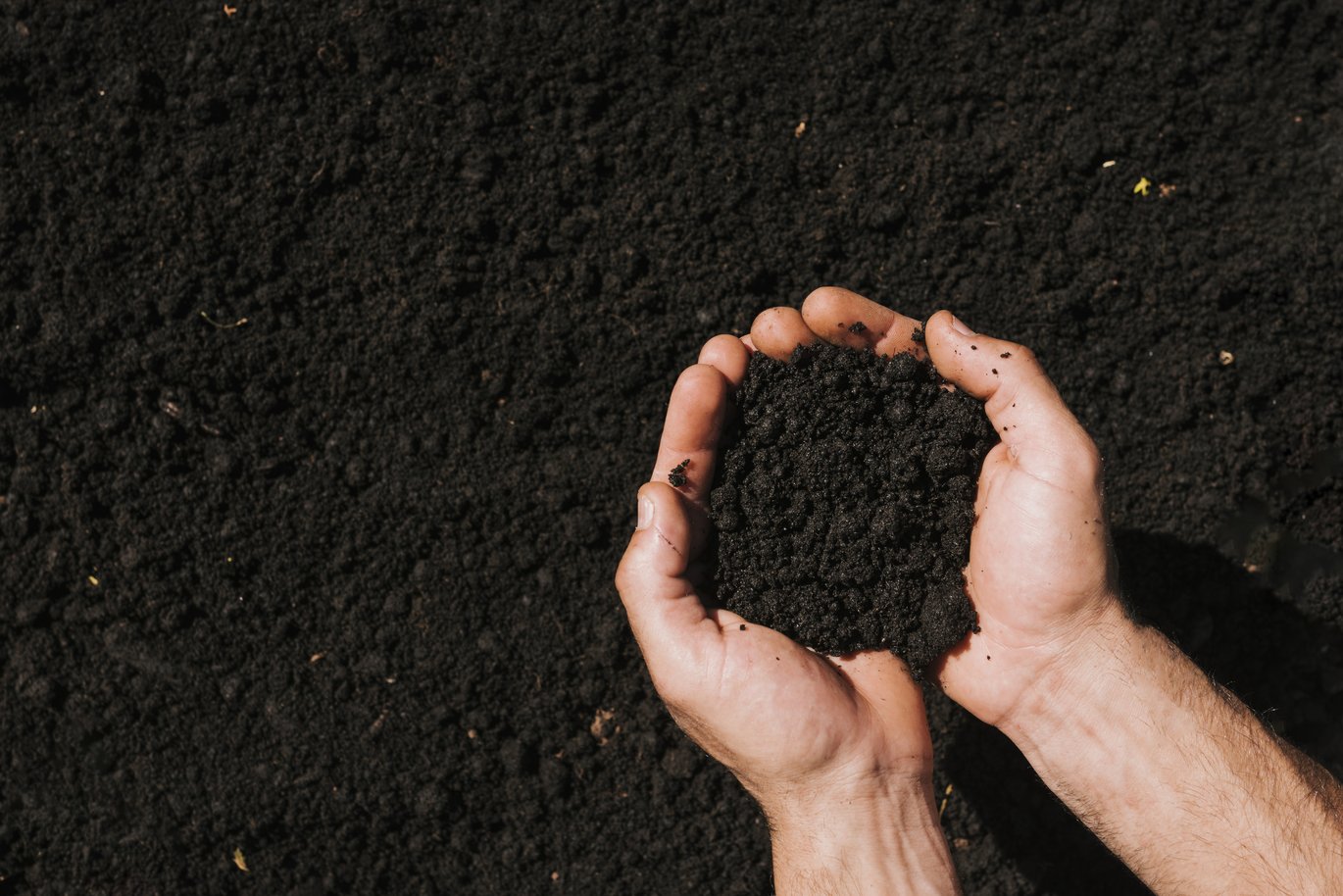The hidden helpers beneath our feet
They are invisible to the naked eye, yet they may hold the key to more sustainable farming. In Denmark, a young researcher is digging into the living part of soil, fungi known as AMF, to understand how we can farm in ways that protect the planet without compromising our crops.

When Stamatios Thomopoulos first came across the word “arbuscular mycorrhizal fungi” (AMF), he didn’t imagine it would come to shape the better part of his PhD, not to mention long days in the lab and hours spent collecting soil samples in the Danish countryside. But these nearly invisible fungi, forming symbiotic relationships with plant roots underground, turned out to be more than just a niche interest. They may, in fact, be a cornerstone of future farming.
“We often focus on the physical and chemical parts of soil,” he says. “But the biological part, the living organisms in the soil, is what actually drive the rest. And that part is often overlooked.”
Not just dirt, but life
Soil health is typically divided into three components: physical, chemical and biological. Stamatios Thomopoulos wanted to connect these three in a way that makes sense to both researchers and farmers.
In a recently published peer-reviewed study, he and his colleagues compared different ways of managing soil, particularly conventional tillage versus conservation agriculture. Their focus was how these methods affect the biology of soil, especially the tiny fungi living among the roots.
“We wanted to see how different management strategies influence AMF, and in turn, how those fungi affect things like soil structure and carbon,” he explains.
The results? Tillage practices, which break up the soil, were clearly more destructive for the fungi. Conservation methods that leave the soil more undisturbed allowed the fungal networks to thrive, which in turn helped improve soil structure.
Why should farmers care about fungi?
It might sound like something from a science podcast, but there’s a good reason why AMF should matter to farmers.
“These fungi form symbioses with around 70% of plant species on land,” says Stamatios Thomopoulos. “They improve soil aggregation, increase nutrient availability, and support a more active and balanced soil ecosystem.”
In other words, abundant fungi can lead to healthier soils. And healthy soils are better at holding water, storing carbon, and supporting long-term crop production.
Still, he’s realistic. “One paper won’t change how someone manages their field,” he says, “but it adds to the growing body of evidence supporting conservation agriculture.”
Digging deeper into soil’s potential
The study was carried out on two Danish sites with slightly different soils and climates. Though results varied somewhat, the overall pattern was clear: management matters, and AMF respond.
It also brought some surprises. “Even from a tiny gram of soil taken randomly from a large plot, we were able to detect the effects we hypothesised,” he says. “That’s still kind of amazing to me.”
One thing the study didn’t include was crop yield, which Stamatios Thomopoulos acknowledges as a limitation, especially from a farmer’s perspective.
“In the early years of switching to conservation agriculture, yields may drop. That’s one of the biggest challenges,” he admits. “But in the long term, we hope that healthier soils can sustain or even improve yields.”
More carbon, less hype
With growing interest in carbon credits and carbon farming, AMF could become a key piece of the puzzle. Stamatios Thomopoulos mentions that each year, plants across the globe funnel the equivalent of 4 billion tons of CO₂ into the soil to feed their fungal partners.
“That’s a massive carbon sink,” he says. “So, even if we didn’t see a direct increase in carbon in our study, we saw close links between carbon and AMF presence. And we believe that the way carbon is stored with help from AMF could make it more stable over time.”
Biodiversity and yield
Stamatios Thomopoulos is already thinking ahead. Future research will focus not just on how much AMF are present, but which species, and how diverse they are.
“Biodiversity matters. Different species offer different ecosystem services,” he says. “And we also need to include yield in future studies, because that’s what really makes the case for farmers.”
If given unlimited time and funding, his dream would be to expand the study to include mixed cropping systems, legumes, agroforestry, “real-world complexity,” as he puts it.
Asked for his main message to farmers and policymakers, his answer is clear: “Don’t overlook the biological part of soil. It’s sensitive to management and has a big impact on carbon, nitrogen and physical structure.”
More information
Collaborators: Department of Agroecology, Aarhus University.
Funding: The work behind the publication was supported by GUDP - Grønt Udvilkings- og Demonstrationsprogram of the Danish Agricultural Agency of the Ministry of Food, Agriculture and Fisheries of Denmark via the CarbonFarm2 project - bæredygtige dyrkningssystemer i landbruget (34009-20-1723).
Conflict of interest: None
Read more: The publication “Tillage and residue management modulate the links between soil physical signatures and arbuscular mycorrhizal fungal biomarkers” is published in Geoderma. It is written by Stamatios Thomopoulos, Lars Juhl Munkholm, Lars Elsgaard, and Sabine Ravnskov.
Contact: Stamatios Thomopoulos, Department of Agroecology, Aarhus University. Email: sthom@agro.au.dk
